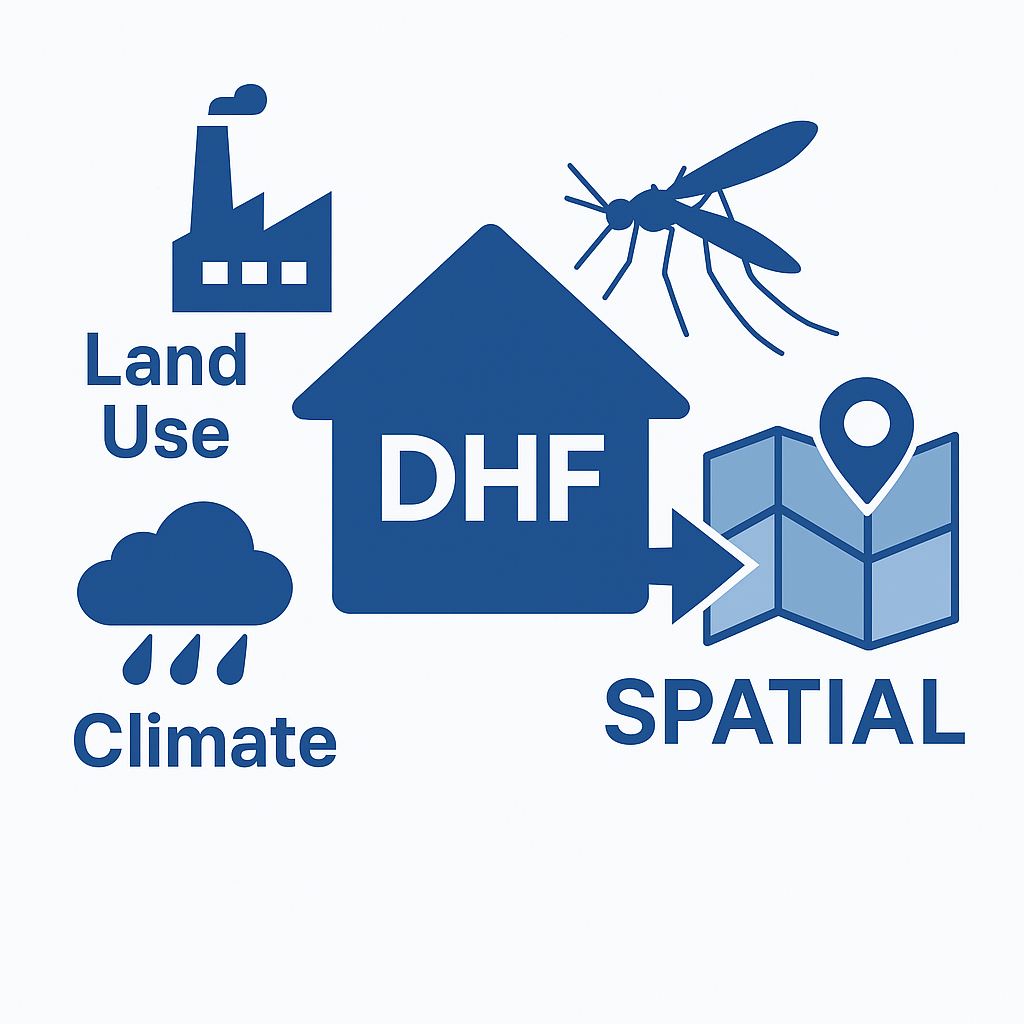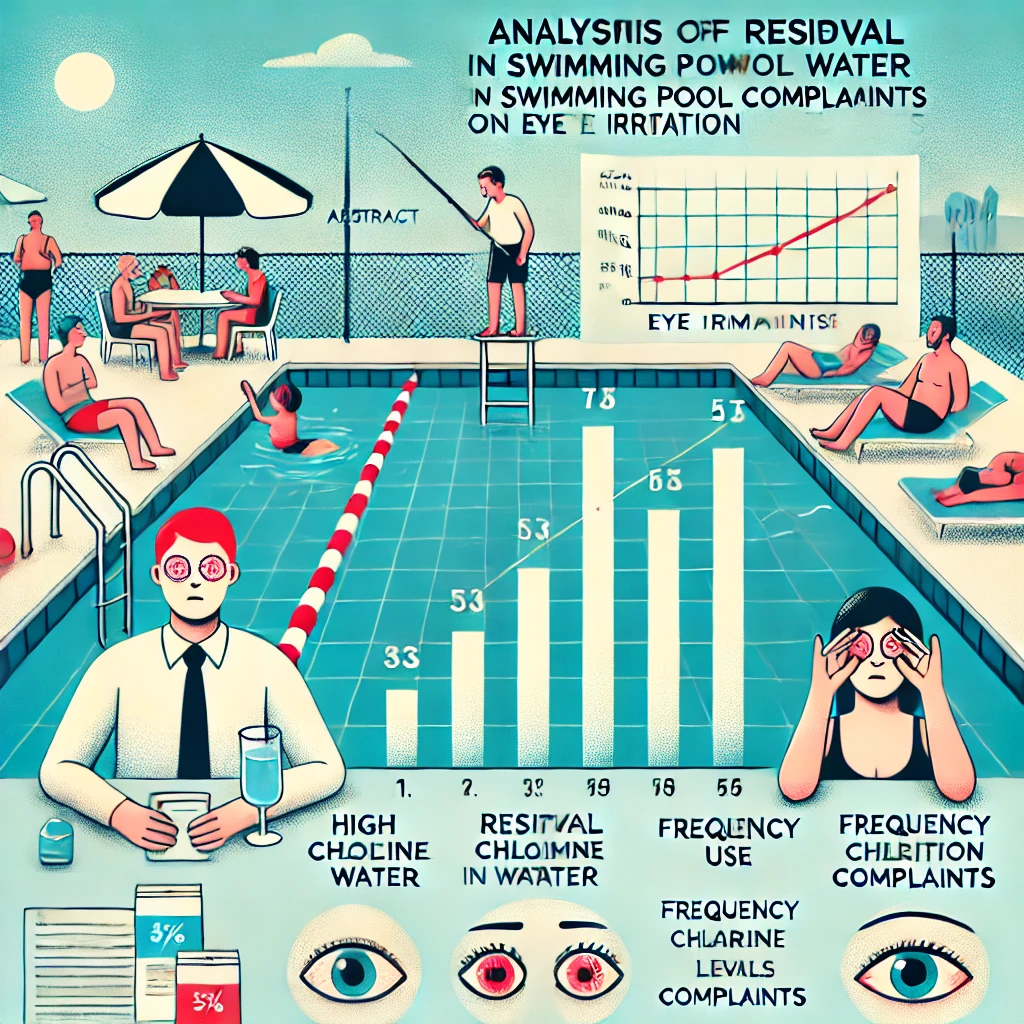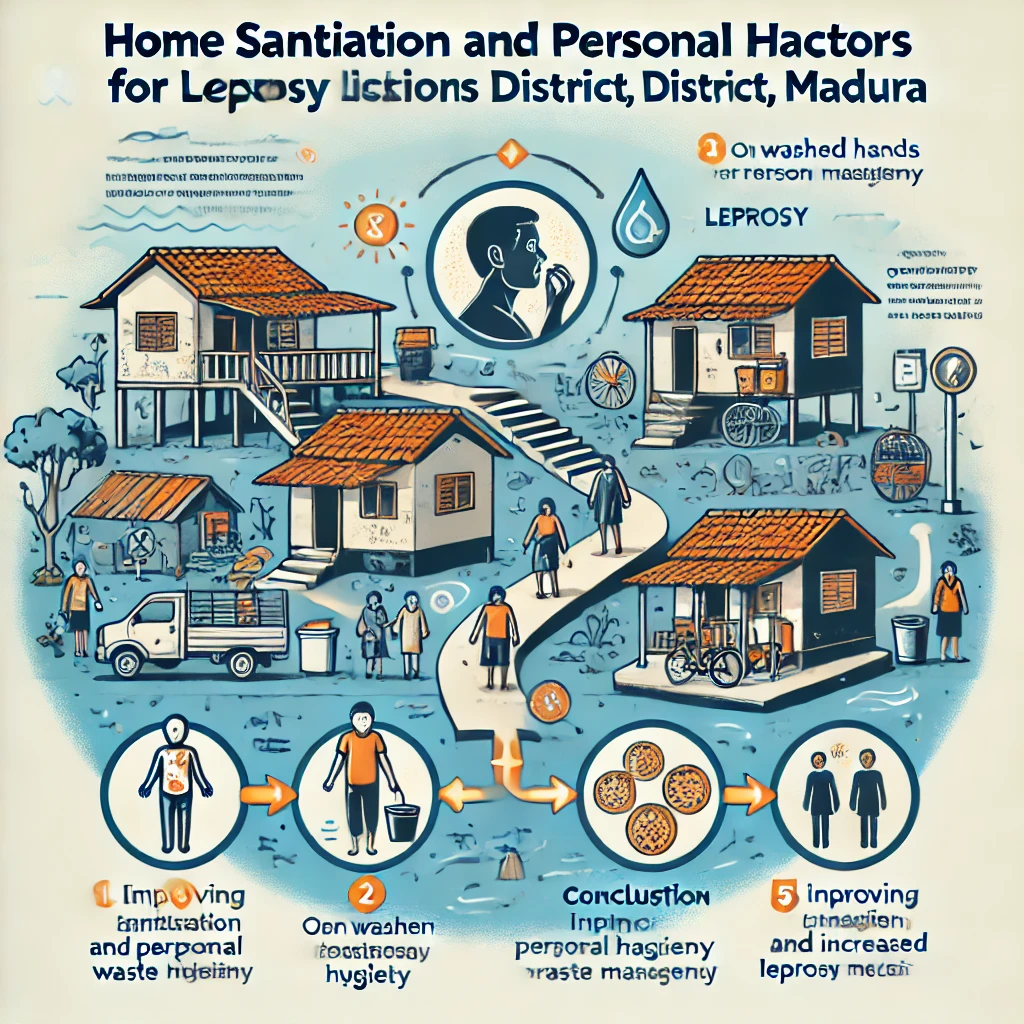Spatial Analysis of Environmental Determinants of Dengue Hemorrhagic Fever (DHF) Endemic Areas in the Working Area of Puskesmas Purwokerto Selatan, Banyumas Regency, 2022-2023

Downloads
Dengue Hemorrhagic Fever (DHF) remains a significant public health issue in Indonesia, particularly in endemic areas such as South Purwokerto. Despite a reported 61% decline in cases from 2022 to 2023, transmission persists, indicating the need for a deeper understanding of environmental determinants. This study aims to conduct a spatial analysis of environmental factors associated with dengue case distribution in the working area of the South Purwokerto Health Center during 2022–2023. This research employed an observational design with a qualitative exploratory approach. Data were collected from both primary and secondary sources, including direct measurements of indoor temperature and humidity, health center reports on larval-free index (LFI), larval density, rainfall, and case distribution. Geographic Information Systems (GIS) using ArcGIS software were utilized to analyze spatial patterns of dengue transmission. The findings showed that the average indoor temperature in patients’ homes was 31°C and relative humidity was 70%, conditions that support mosquito breeding. In 2022, the pattern of dengue cases inversely correlated with rainfall, while in 2023 the pattern was inconsistent. The dominant transmission pattern was “separated” (>100 m radius) with 55% of cases in 2022 and 60% in 2023 falling into this category. Only one sub-district, Teluk, failed to meet the Larval-Free Index threshold in 2022, while all areas improved in 2023. In conclusion, although environmental indicators improved in 2023, the persistence of cases indicates hidden transmission risks. Targeted vector control interventions and increased community participation are essential for sustainable dengue prevention.
Copyright (c) 2024 Arif Widyanto, Hanida Salsabila, Budi Utomo

This work is licensed under a Creative Commons Attribution 4.0 International License.




















